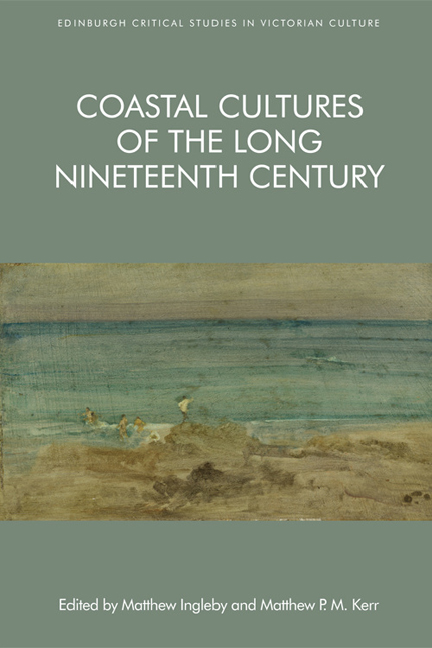8 - Saxon Shore to Celtic Coast: Diasporic Telegraphy in the Atlantic World
Published online by Cambridge University Press: 01 May 2021
Summary
Introduction: Green Atlantic?
In the first official message sent from America to Britain on the shortlived transatlantic telegraph cable of 1858, American President James Buchanan congratulated Queen Victoria on ‘the great international enterprise accomplished by the skill, science, and indomitable energy of the two countries’ and expressed his hope that ‘the Atlantic Telegraph, under the blessing of heaven, [may] prove to be a bond of perpetual peace and friendship between the kindred nations, and an instrument destined by Divine Providence to diffuse religion, civilisation, liberty, and law throughout the world’. In this interpretation of events, the elision of space and time enabled by the telegraph had, as its inevitable consequence, the end of ideological conflict and the universal acceptance of an Anglo-American imperial destiny. Modern commentators have questioned the complacent assumptions of this politically charged celebration of transatlantic union between the so-called Anglo-Saxon peoples, and also drawn attention to the realities which undermined this myth (faltering technology, frustrating delays, scrambled messages). However, few have questioned the assumption that this was, for good or ill, a distinctly Anglo-American event.
Yet the various submarine cables laid between 1857 and 1866 did not connect Washington to Westminster – nor even Great Britain to the United States – but Valentia Island (off the south-west coast of Ireland) to Newfoundland (a self-governing colony of the British Empire). The electrical bond between the two great Anglo-Saxon nations was thus facilitated by a wire connecting two rather remote outposts of the Empire's Celtic fringe. As yet, little attention has been paid to the effect of this distinctly Celtic provenance on perceptions and representations of transatlantic telegraphy. The ‘annihilation of time and space’ is one of the most persistent clichés surrounding the popular perception of Victorian modernity, but the telegraph could also enforce the remoteness and isolation of Atlantic coastal cultures. In this chapter, I aim to demonstrate the imaginative significance – as opposed to the practical utility – of Atlantic telegraphy for the inhabitants of Newfoundland and Valentia, while also suggesting some of the ways in which this Celtic provenance coloured popular perception of the Cable as a product of Anglo-Saxon ingenuity. By considering the Cable from the perspective of the coastal cultures of Valentia and Newfoundland, I aim to bring to the surface some of the tensions implicit in nineteenth-century fantasies of Anglo-American progress.
- Type
- Chapter
- Information
- Coastal Cultures of the Long Nineteenth Century , pp. 149 - 168Publisher: Edinburgh University PressPrint publication year: 2018



